Army Signal Expands Its Reach
The U.S. Army Signal Corps is expanding the work its personnel conduct while dealing with technology and operational challenges that both help and hinder its efforts. On the surface, Army signal is facing the common dilemma afflicting many other military specialties—it must do more with fewer resources.
Maj. Gen. LaWarren V. Patterson, USA, is the commanding general, U.S. Army Signal Center of Excellence and Fort Gordon, Georgia. For him the resource challenge is twofold: not only will signal have less funding than in the recent past, but also it will have fewer soldiers. Signal is fielding more complex communications systems to more units at a time when the U.S. Army is drawing down by about 80,000 soldiers, he points out.
Equipment that once was at the brigade or division level is now moving down to the battalion and company level. But the personnel who staffed that equipment are not following it down to the company level.
“We still have one lonely 25U who, in the near future, will have to be an expert on a satellite system, both fixed and on the move; a Blue Force Tracker-like system that combines GPS [Global Positioning System] map data at the individual soldier level; tactical radios and a line-of-sight data system; plus tactical computers in the company command post and in mine-resistant ambush protected vehicles” the general points out. “We cannot risk failure by overwhelming the signal soldier.”
Gen. Patterson’s priorities for the Signal Center focus on three areas: the development of a strategic plan; a foundry initiative and the profession of arms.
The Signal Center’s strategic plan deals with leading information technology and signal doctrinal changes in the U.S. Army for 2020-2030 and beyond. The development of the strategic plan is in its final stages, the general reports. Once this plan is finalized, the center will examine its mission roles.
The goal of this plan is to provide commanders and signaleers with transparency in signal direction. Commanders would be given the essential tools to see and communicate with their forces anywhere in the world. The plan also would aim at developing information technology professionals and leaders “who are technologically savvy, user-focused and ready and resilient,” the general states.
The Foundry Initiative calls for tethering soldiers and units into the Signal Center and Fort Gordon around the clock. The intelligence community’s own foundry effort is serving as a model for the general’s concept. Military intelligence personnel can tap foundry facilities for training in intelligence-specific skills at major Force Command locations such as Fort Bragg, Fort Campbell, Fort Hood and Fort Lewis. These intelligence soldiers also can work with the unit with which they will be operating.
Signaleers have similar capabilities in the field in the form of disparate signal universities connected to signal battalions and brigades, the general relates. But he wants the Signal Center to be able to reach out and tie into these disparate e-universities that are affiliated with the various battalions and brigades. Connecting with them will allow the Signal Center to be available around the clock so that solders leaving Fort Gordon can remain connected to, and a part of, the signal community there.
Through virtualization and computer-based training, signaleers would be able to connect with soldiers at other units who are preparing to deploy and have an issue that they cannot solve on their own, the general explains. The Signal Center can connect them with its classroom staff and help resolve the problem, and it also establishes relationships between personnel in the two different locations. “I want a partnership where you always can talk to the center no matter where you are around the world,” he says, noting that this two-way connectivity also will help bring home inventions and solutions developed in the field.
Addressing the issue of the profession of arms entails boosting training and education. Gen. Patterson states that continuous development of subordinate leaders and encouraging intellectual curiosity and creativity are keys to the long-term health and growth of the Army. This task is complicated by the development of new technologies, which is outpacing the ability to train.
Basing his approach on the Army Leader Development Strategy document released in June, the general is directing that all signaleers are schooled technically, ethically, mentally and physically.
“I have asked leaders to consider approving subordinate soldiers’ and civilians’ requests to attend certificate training, bachelor and masters’ degree programs and opportunities with industry to get out of their comfort zone,” he relates. “The Army will be better off and our educated, well-trained leaders will be fit to answer when our nation calls.”
The bring-your-own-device (BYOD) movement touches on this and other elements of signal training. “Everyone wants to go BYOD,” the general admits. “We have to open up those types of questions in the schoolhouses, in our units out in the field.”
The digital natives who are coming into the Army in increasing numbers will need a conduit, either through the e-university model or the Signal Center, for these young signaleers to submit new ideas for the cloud and application development. “I’m a big believer in ‘more’s law’—the more brains you have working a problem, the quicker you are going to resolve it,” Gen. Patterson declares. The Foundry Concept plays into that approach.
| Still Seeking Interoperability | |
|
The quest for joint and coalition interoperability remains an evolving process, but two developments may be aiding in its pursuit. First, moving to the cloud will improve the potential for interoperability. A related development is the creation of the Joint Information Environment (JIE), which will consolidate U.S. Army, Navy, Air Force, Marine Corps and Coast Guard data centers and networks.
Achieving the JIE will require that all services have common information technology standards, infrastructure and architecture, Gen. Patterson points out. “You can’t achieve joint interoperability if one service uses Windows-based systems and another uses Apple products,” he analogizes.
For the Signal Center, that means when signal regiments acquire equipment and software during the next five years, they must ensure equipment and software are compatible to fit into the JIE for the next 20 years. The center is working this challenge, and it also is aiming at coalition interoperability.
Gen. Patterson reports the center is testing cross-domain equipment that allows a nonsecure Internet protocol router (NIPR) device to talk with a secret Internet protocol router (SIPR) device. This equipment should open up opportunities to ease the communications between coalition partners, he predicts.
Another benefit of cross-domain equipment is that, in the future, military forces and domestic law enforcement and emergency management agencies will be able to communicate more easily within the United
States during disaster relief operations, he allows.
|
Many young soldiers entering signal are well schooled in vital information technologies. Gen. Patterson notes that they are used to picking up a device and figuring out how it works without reading a manual. “If they need help, they Google it,” he observes.
This creates advantages and disadvantages for the military. “Our new soldiers expect to be connected to the Web 24 hours a day,” the general relates. “They expect equipment to operate intuitively. And in a military environment, these two things usually are lacking.” This is where industry comes in.
From industry, the Signal Center needs a continued flow of new information technologies and capabilities. However, the newest technologies are creating some problems of their own that need to be addressed, Gen. Patterson states.
“We want cutting-edge technology that’s going to enable us to have an edge on an adversary,” the general offers. “[This will happen] through enhancement of information technology systems that will enable mission command to stay inside the decision loop of an adversary—outthinking the adversary and being able to force the adversary to us, versus us reacting to the adversary.”
He continues that most of the information technologies introduced today depend on the Internet and communications. “With that comes a level of dependency and sophistication, and with that all too often comes a level of complexity that is starting to reach the point of diminishing returns.” Having made several trips to the Network Integration Evaluation (NIE) exercises regularly held at Fort Bliss, Texas, and White Sands Missile Range, New Mexico, the general says the information systems—whether manportable, vehicle-mounted or headquarters-based—are highly complex.
“There are enough knobs, lights, bells and whistles on them that they can be difficult to understand and work,” Gen. Patterson contends. He is calling for intuitive equipment with “less complexity on the outside” so the signal soldier can operate it to bring in a good picture of situational awareness leading to situational understanding. That will not happen if the signal solder is overwhelmed by all the exterior configuration functions.
“The simplicity needs to be on the outside and the complexity needs to be on the inside,” Gen. Patterson states. “Let the software and hardware do the hard work, and make it easier for the soldiers—they have enough to worry about.”
The ongoing move to the cloud offers significant operational enhancements, particularly in the area of security. “We are looking hard at moving to cloud computing as it offers a level of security and accessibility that we currently may not be taking advantage of with our multitude of separate networks and data centers,” Gen. Patterson states. He adds that the Defense Information Systems Agency (DISA), the Army G-6/chief information officer and Army Network Enterprise Technology Command (NETCOM) are doing excellent work solving this problem.
“We always make sure that the connections are there—open, protected and assured so the user can reach the cloud,” the general declares. “The cloud offers the user assured security—because you’re now defending one location versus multiple locations—access, in some cases on a device owned by the user; and the ability to reach applications and do things instead of having to go through a cumbersome dot-mil type network to get to a data center.”
This migration will affect signaleers in several ways. Understanding the nature of the cloud is paramount; recognizing its power, knowing how to access it and knowing how to ensure the connections and cross-domain solutions all are elements of what the Signal Center will be teaching future signal soldiers. Disciplines such as transmission, switching and application theory all will be adapted to accommodate the movement to the cloud, the general offers.
While security may be only one of several reasons impelling a move to the cloud, it dominates many aspects of Signal Center operations. Recently, Gen. Keith B. Alexander, USA, commander of the U.S. Cyber Command, proposed combining the disciplines of signal, cyber and signals intelligence into a cyberteam community (SIGNAL Magazine, June 2013, page 19, “Cyber Command Redefines ...”). Gen. Patterson offers that Gen. Alexander’s suggestion has a lot of traction in it, particularly from the perspective of threat awareness.
But Gen. Patterson does not see this melding of different disciplines taking place in the short term. “Not today,” he emphasizes. “Who knows what the mission and the environment will be 10, 15, 20 years from now that will force us to that point? The adversary gets a vote in the direction we are going in.”
Gen. Patterson adds that he does not see a lot of overlap among the three disciplines. But, soon the day-to-day operator and defender will become almost invisible.
“About 80 percent of the network is operate, maintain and defend,” Gen. Patterson allows. “Keeping that network open, alive and running are the quiet warriors of the Signal Corps.”
Gen. Patterson offers that signaleers do the operate, maintain, protect and defend functions in the Army’s information realm. Intelligence personnel enter that realm and perform their functions related to signals intelligence, measurement and signatures intelligence, exploitation and attack. Signaleers look for intruders and respond accordingly. Today’s defense tends to be passive, where signaleers watch for intruders through telltale signatures or behavior.
However, the general believes that this defense posture must become more active. Movement in that direction already has begun with the development of some military occupational specialties (MOSs) geared toward that approach.
One new cyber MOS is the chief warrant officer-3 (CW3) 255S information protect technician. “They are worth their weight in gold, and we can’t get enough of them out there,” Gen. Patterson declares, saying they bring visibility and understanding of network threats as well as actively stop them. Both the U.S. Army Cyber Command and the U.S. Cyber Command already have provided positive feedback on the 255S warrant officers they have received, the general reports.
One MOS is not restricted strictly to signal experts. The Signal Center has just received funding for two pilot courses of a new non-commissioned officer (NCO) MOS, the 25D cyber network defender, which is still under development. The 25Ds will be assessed at the E-6 level, the general explains, adding that they need not be signaleers. Anyone with an inclination or understanding of cyber is eligible.
For the officer corps, the 26C cyber network defender has been proposed. This cyber protect officer will be assessed at the senior captain or junior major level. The general expects that this and the 25D MOSs will be in high demand.
“There still be a need for that day-to-day … stuff that signaleers do as youngsters,” Gen. Patterson states. “But, as they become more experienced and more senior, that’s when we’ll start filling in that cohort of a cyber organization that signaleers will feed into as E-6s who have some experience under their belt and they understand what cyber is about.
“At that point, we’ll see the coming together [of cyber and signals],” he predicts.
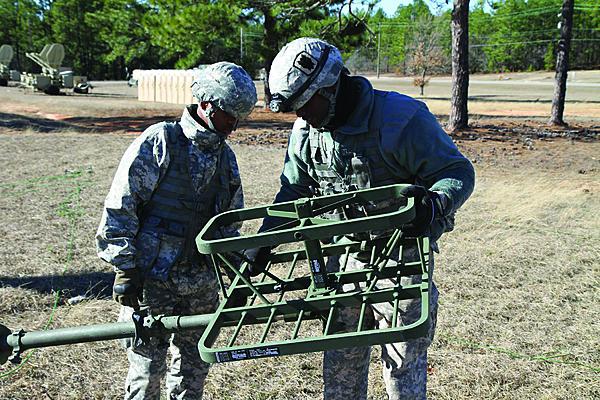
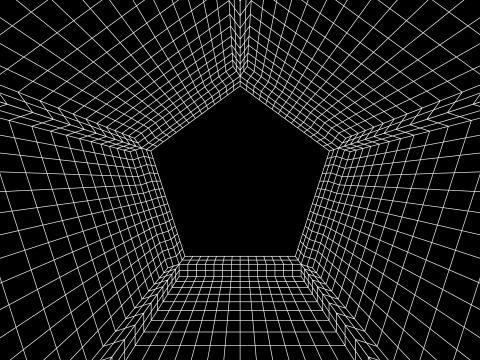
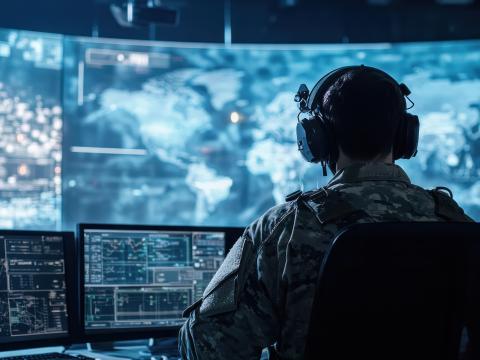
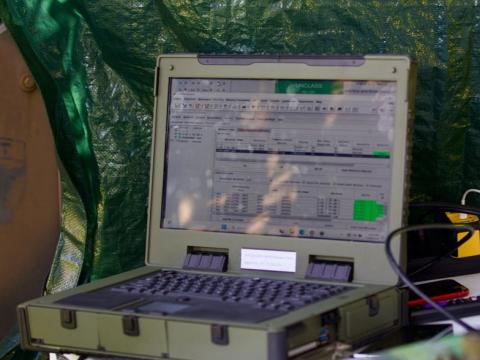
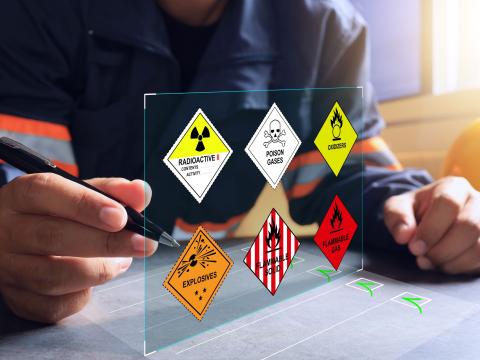
Comments